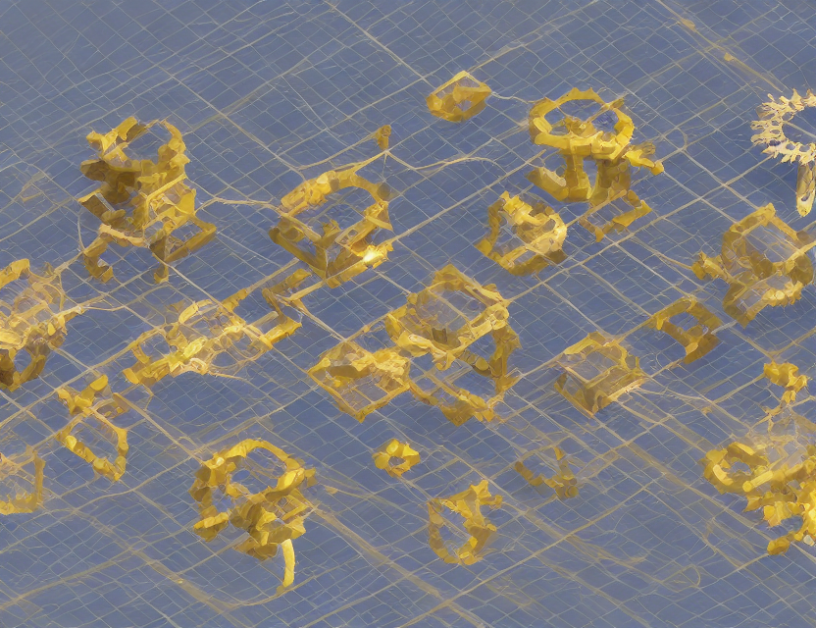The article discusses the methodology adopted in a research work to critically reflect on the approaches used for surrogate modeling. The authors propose a new approach that addresses some limitations of existing methods, including the computational burden of Multi-Output GP (MTGP) models and the scalability of Bayesian Neural Networks (BNNs).
Eigenvalues and Projection Matrices
The article explains how eigenvalues and projection matrices are used to reduce the dimensionality of large-scale optimization problems. The authors show that by adjusting the threshold for selecting principal components, the number of constraints in the original space can be doubled without affecting the accuracy of the surrogate model. This approach allows for a global search of the design space, even with high-dimensional problems and large-scale constraints.
SCBO Algorithm
The article introduces the SCBO algorithm, which combines reduced basis methods with Bayesian optimization to further reduce the number of constraints in the optimization problem. The authors demonstrate that this approach can be used to efficiently search for the optimal design parameters while maintaining accuracy.
Conclusion
In summary, the article discusses a new methodology for surrogate modeling that addresses some limitations of existing approaches. By using eigenvalues and projection matrices, the number of constraints in the original space can be reduced without affecting accuracy. The SCBO algorithm combines reduced basis methods with Bayesian optimization to further reduce the number of constraints, allowing for a more efficient search of the design space. This approach has promising results and can be useful in solving large-scale optimization problems with high-dimensional constraints.



